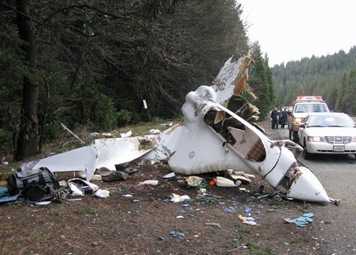Scott Spangler on the Jetwhine blog has recently noted an interesting statistic: According to the results of the 2009 Nall Report published by the AOPA Air Safety Foundation, there has been a sharp increase in the number of accidents involving amateur-built experimental aircraft. The study, which analyzed general aviation accidents in 2008 to identify accident trends, found that if the fatality numbers for homebuilt aircraft had been removed from the overall statistics, GA would have had a much safer year. In fact, the study found that:
- Per 100,000 flight hours, the homebuilt accident rate was 5x higher than store-bought airplanes while the fatal rate was 7x higher.
- Many homebuilt accidents were caused by mechanical problems and other causes that often start with a sudden loss of power.
Scott then noted that from his first-hand experience, he knows that amateur aircraft builders “have a lot of questions that usually start with How do I…? How do these parts…? And, Is this right?” However, he further noted that:
Today, it seems to me, most of these questions are broadcast online, often accompanied with digital photos. The answers come from the other members of these online communities of builders. Certainly, this is a good thing, but it shouldn’t be the only thing. Builders need to get face-to-face with their peers and old hands, preferably in the shop.
Scott then concluded by saying that:
Regulating safety is only effective after the fact. Prevention is the ultimate, effective remedy, but it depends on a human trait often in short supply: personal responsibility. And that’s something you cannot get online.
In other words, building an aircraft is just like learning how to properly fly one: There is no substitute for hands-on training and experience.

[…] climbing, riding in a hot air balloon, operating a home built aircraft, and swimming in any location without a lifeguard are examples of activities that could be […]